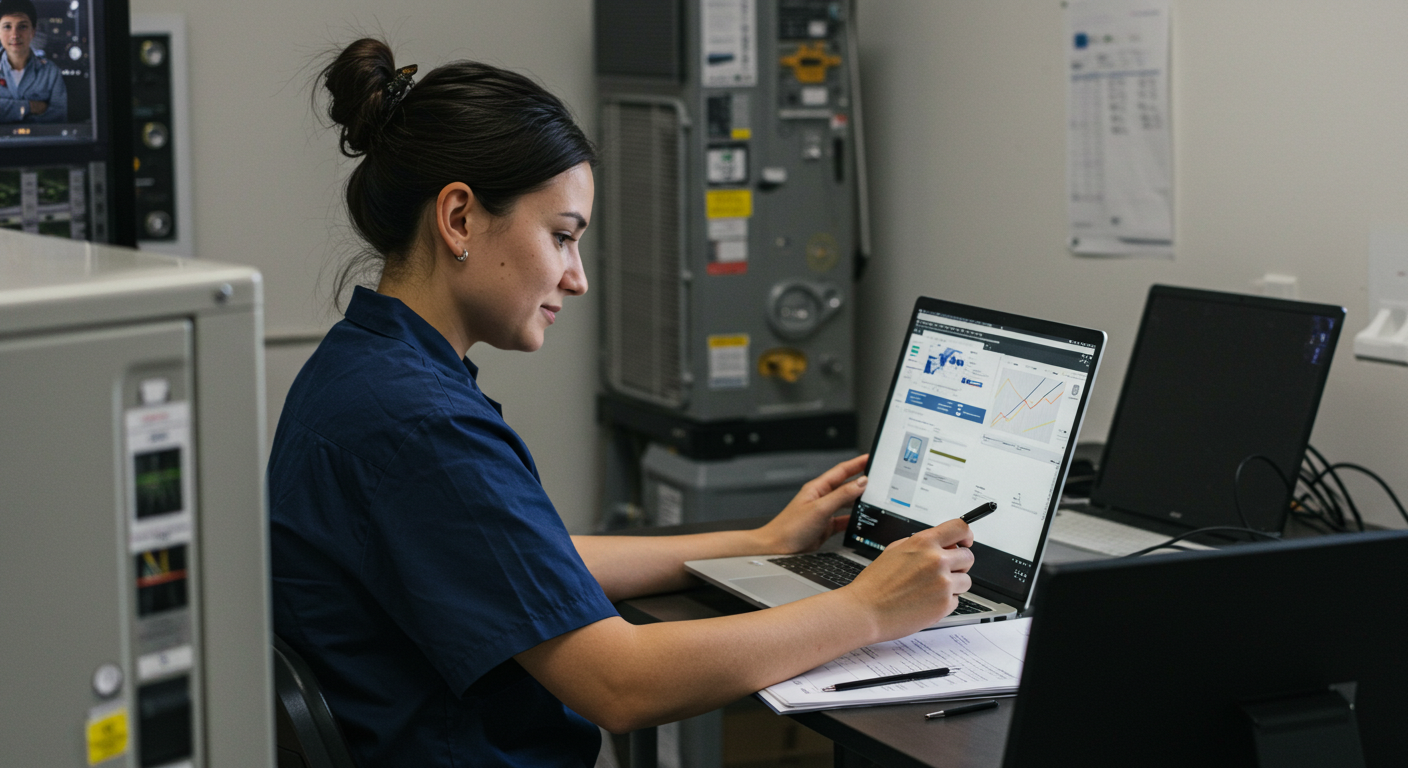
Navigating Mergers and Acquisitions in the HVAC Industry: A 2025 Perspective
Welcome to 2025, a year where mergers and acquisitions (M&A) in the HVAC industry are not just surviving but thriving. Whether you’re looking to buy or sell an HVAC company, understanding the current landscape is crucial. From private equity dominance to regulatory shifts, let’s explore the key trends driving HVAC M&A and how you can navigate this dynamic environment.
Understanding the Current HVAC M&A Landscape
In 2025, the HVAC industry continues to see robust M&A activity. With a 31.8% increase in deal volume in 2024, the market has normalized but remains 14.3% up compared to previous years. Private buyers are increasingly prevalent, now accounting for 50% of transactions. This shift marks a significant change from previous years, with strategic buyers’ share dropping from 67.1% to 49.4%.
Valuation and Regulatory Impacts
Valuation multiples are at an all-time high, with average EBITDA multiples around 8x, reflecting a 20% increase from pre-pandemic levels. The recent regulatory changes, such as the phase-out of R-410A refrigerant, are driving demand for companies focusing on energy efficiency and sustainability.
Key Drivers of HVAC Mergers
The need for energy efficiency, expansion into high-growth sectors like data centers, and the integration of hybrid systems are significant deal drivers. Companies like Daikin are leading the way in providing solutions for these emerging needs.
- Energy Efficiency and Sustainability Upgrades
- Expansion into High-Growth Verticals
- Demand for Hybrid Systems
Future Outlook: Sustaining M&A Growth
Looking ahead, climate-driven demand and federal incentives for energy-efficient buildings are expected to sustain HVAC M&A activity. With a focus on talent acquisition and retention, companies with strong technician teams are commanding higher valuations.
FAQ: Common Questions About HVAC Mergers and Acquisitions
What are the current trends in HVAC mergers and acquisitions?
The HVAC industry is experiencing increased private equity participation and high valuation multiples driven by regulatory changes and energy efficiency demands.
How does the phase-out of R-410A refrigerant affect HVAC M&A?
This regulatory change is pushing demand for companies that specialize in efficiency upgrades, making them attractive acquisition targets.
Why are private buyers dominating the HVAC market in 2025?
Private buyers are seizing opportunities in the HVAC sector, drawn by the potential for high returns and the need for innovative solutions.
What are the main challenges in HVAC integration post-acquisition?
Integration challenges include aligning corporate cultures, managing talent, and updating systems to meet new regulatory standards.
What is the outlook for HVAC M&A through 2030?
With ongoing climate-driven demand and infrastructure upgrades, the HVAC M&A market is expected to remain strong through 2030.
Ready to explore your options in the HVAC industry? Stay informed and consider how these trends can impact your M&A strategy. Whether buying or selling, understanding the market dynamics will position you for success.

